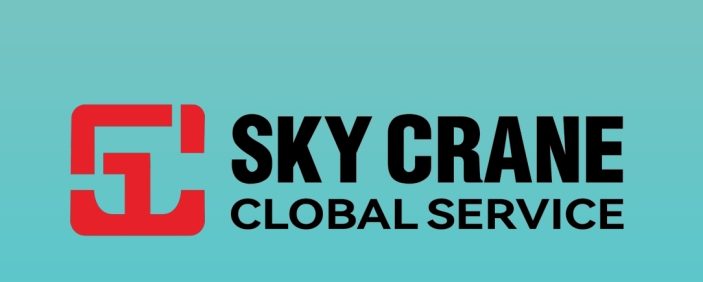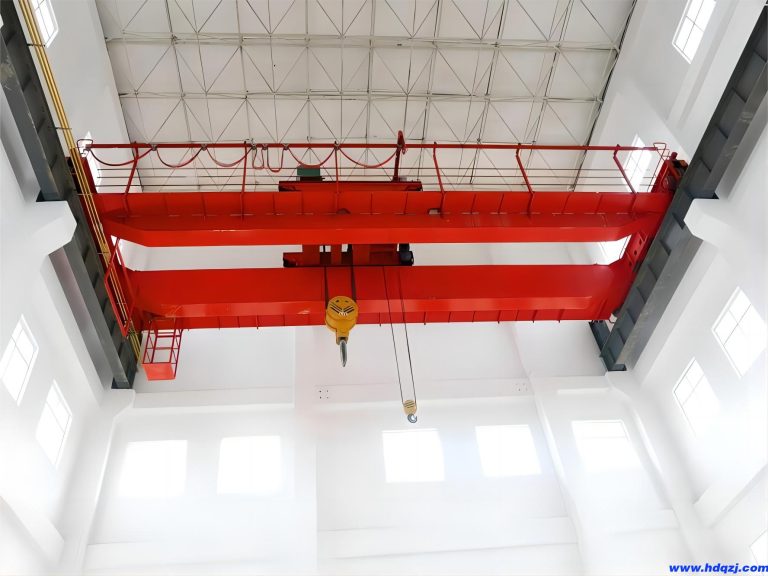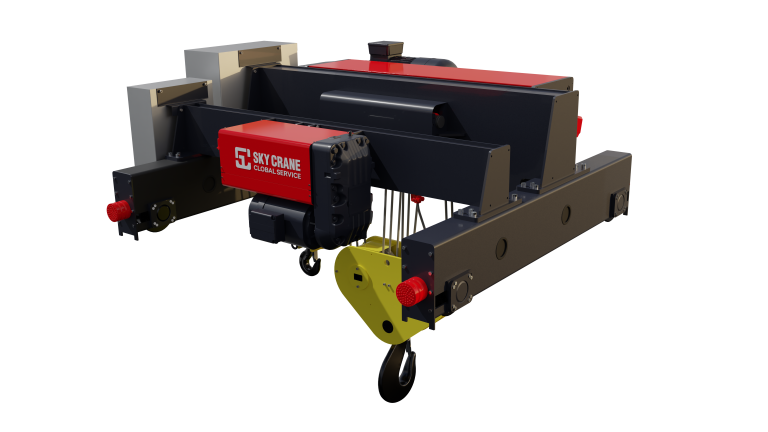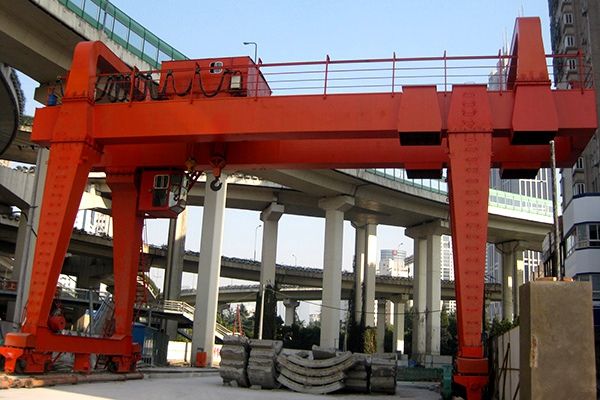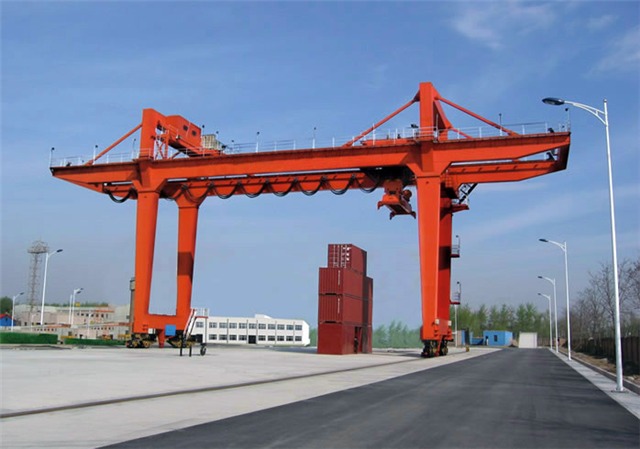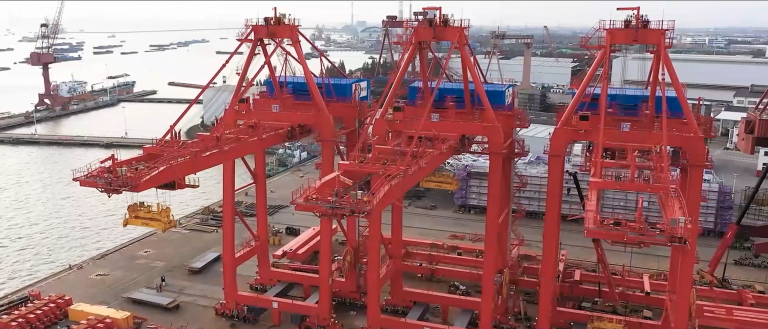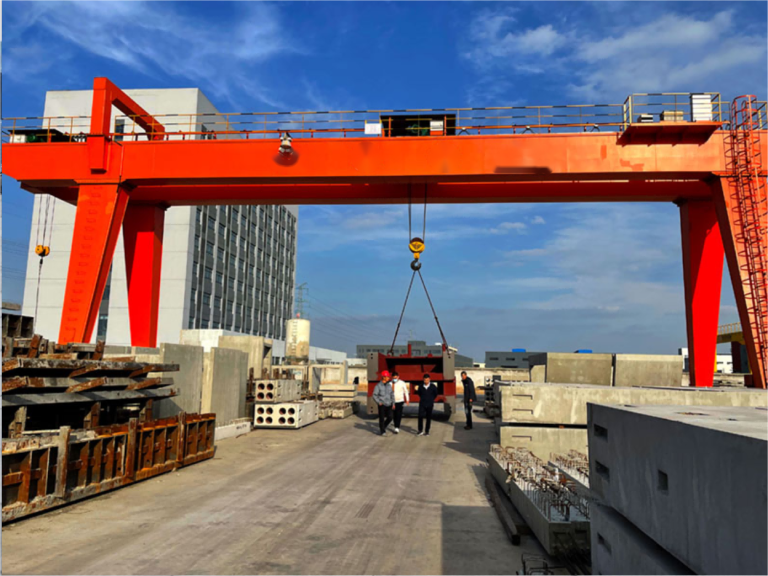Table of Contents
Innovations in Light Lifting Equipment Manufacturing
The landscape of light lifting equipment manufacturing has undergone significant transformations in recent years, driven by advancements in technology, materials science, and a growing emphasis on safety and efficiency. As industries increasingly seek to optimize their operations, manufacturers are responding with innovative solutions that not only enhance performance but also address the evolving needs of their customers. One of the most notable trends in this sector is the integration of smart technology into lifting equipment. By incorporating sensors and IoT capabilities, manufacturers are enabling real-time monitoring and data collection, which allows operators to track the performance and condition of equipment remotely. This innovation not only improves operational efficiency but also enhances safety by providing alerts for potential issues before they escalate into serious problems.
Moreover, the use of lightweight materials such as advanced composites and high-strength alloys has revolutionized the design of light lifting equipment. These materials offer the dual benefits of reduced weight and increased strength, allowing for the creation of more compact and portable lifting solutions. As a result, equipment can be easily transported and maneuvered in tight spaces, making it ideal for applications in construction, warehousing, and maintenance. This shift towards lightweight design is particularly significant in industries where mobility and ease of use are paramount, as it enables workers to perform tasks more efficiently and with less physical strain.
In addition to material innovations, manufacturers are also focusing on ergonomic design principles to enhance user experience. By prioritizing the comfort and safety of operators, companies are developing lifting equipment that minimizes the risk of injury and fatigue. Features such as adjustable handles, intuitive controls, and improved stability are becoming standard in the industry, reflecting a broader commitment to worker welfare. This focus on ergonomics not only boosts productivity but also fosters a culture of safety within organizations, as employees are more likely to adhere to best practices when they feel comfortable and secure in their work environment.
| No. | Article Name |
| 1 | LX electric suspension crane |
| 2 | Double – girder Gantry Crane |
| 3 | European-style crane |
| 4 | Harbour crane |
Furthermore, sustainability has emerged as a critical consideration in the manufacturing of light lifting equipment. As environmental concerns continue to rise, manufacturers are exploring eco-friendly materials and production processes. This includes the use of recyclable materials and energy-efficient manufacturing techniques, which not only reduce the carbon footprint of the equipment but also appeal to environmentally conscious consumers. By aligning their practices with sustainability goals, manufacturers are not only contributing to a healthier planet but also positioning themselves favorably in a competitive market where green initiatives are increasingly valued.
As the demand for light lifting equipment continues to grow, manufacturers are also investing in research and development to stay ahead of industry trends. This commitment to innovation is evident in the introduction of new products that incorporate cutting-edge technology and design features. For instance, advancements in battery technology have led to the development of electric lifting equipment that offers greater efficiency and lower operating costs compared to traditional fuel-powered alternatives. This shift not only meets the needs of modern industries but also aligns with global efforts to reduce reliance on fossil fuels.
In conclusion, the innovations in light lifting equipment manufacturing reflect a dynamic interplay of technology, design, and sustainability. As manufacturers continue to push the boundaries of what is possible, the future of light lifting equipment promises to be more efficient, safer, and environmentally friendly. This evolution not only enhances the capabilities of industries that rely on lifting equipment but also contributes to a more sustainable and responsible approach to manufacturing.
Key Players in the Small Lifting Equipment Industry
The small lifting equipment industry is characterized by a diverse array of manufacturers that play a crucial role in meeting the demands of various sectors, including construction, warehousing, and logistics. These key players are instrumental in developing innovative solutions that enhance efficiency and safety in lifting operations. As the market continues to evolve, several manufacturers have emerged as leaders, each contributing unique technologies and products that cater to the specific needs of their customers.
One of the prominent manufacturers in this sector is Genie, a brand known for its aerial work platforms and material lifts. Genie has established a reputation for producing reliable and durable equipment that is widely used in both indoor and outdoor applications. Their commitment to safety and user-friendly designs has made them a preferred choice among contractors and facility managers. Furthermore, Genie\\u2019s focus on innovation is evident in their continuous development of electric and hybrid models, which align with the growing demand for environmentally friendly lifting solutions.
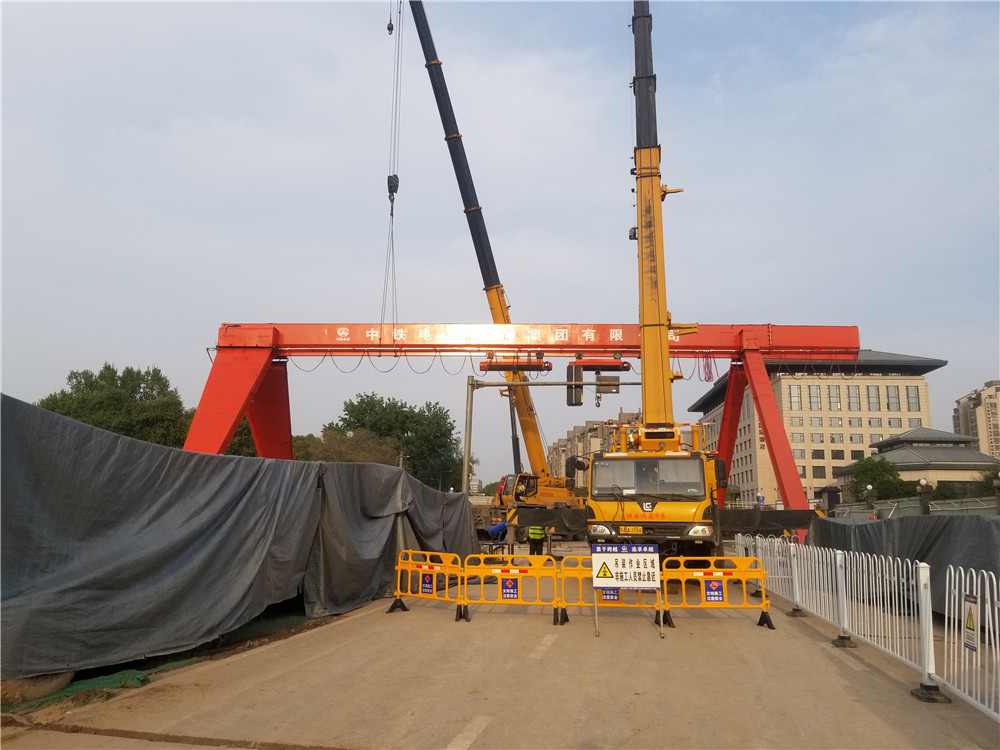
Another significant player is JLG Industries, which specializes in mobile elevating work platforms and telehandlers. JLG has made substantial contributions to the small lifting equipment market by offering a wide range of products that cater to various lifting heights and load capacities. Their emphasis on advanced technology, such as telematics and smart controls, enhances operational efficiency and provides users with real-time data to optimize performance. As a result, JLG has garnered a loyal customer base that values both performance and reliability.
In addition to these established brands, there are also emerging manufacturers that are making their mark in the industry. For instance, Haulotte Group has gained recognition for its innovative approach to lifting equipment. The company focuses on developing compact and lightweight solutions that are easy to transport and operate. Their products are particularly popular in urban environments where space is limited, and the need for maneuverability is paramount. Haulotte\\u2019s commitment to sustainability is also noteworthy, as they strive to reduce the environmental impact of their equipment through energy-efficient designs.
Moreover, the global market for small lifting equipment has seen the rise of specialized manufacturers that cater to niche applications. For example, companies like Lift-A-Loft and Skyjack have carved out a space in the market by focusing on specific types of lifts, such as scissor lifts and vertical mast lifts. These manufacturers prioritize customization and adaptability, allowing them to meet the unique requirements of various industries, from entertainment to maintenance.
As the industry continues to grow, collaboration among manufacturers is becoming increasingly important. Partnerships and alliances are being formed to leverage complementary strengths and enhance product offerings. This trend not only fosters innovation but also enables manufacturers to expand their reach into new markets. Additionally, the integration of digital technologies, such as IoT and AI, is transforming the landscape of small lifting equipment, prompting manufacturers to adapt and evolve their products accordingly.
In conclusion, the small lifting equipment industry is shaped by a dynamic group of manufacturers that are committed to innovation, safety, and efficiency. From established leaders like Genie and JLG to emerging players like Haulotte, each company contributes to a competitive landscape that continually seeks to improve lifting solutions. As the demand for versatile and sustainable equipment grows, these key players will undoubtedly play a pivotal role in shaping the future of the industry, ensuring that it meets the evolving needs of users across various sectors.
